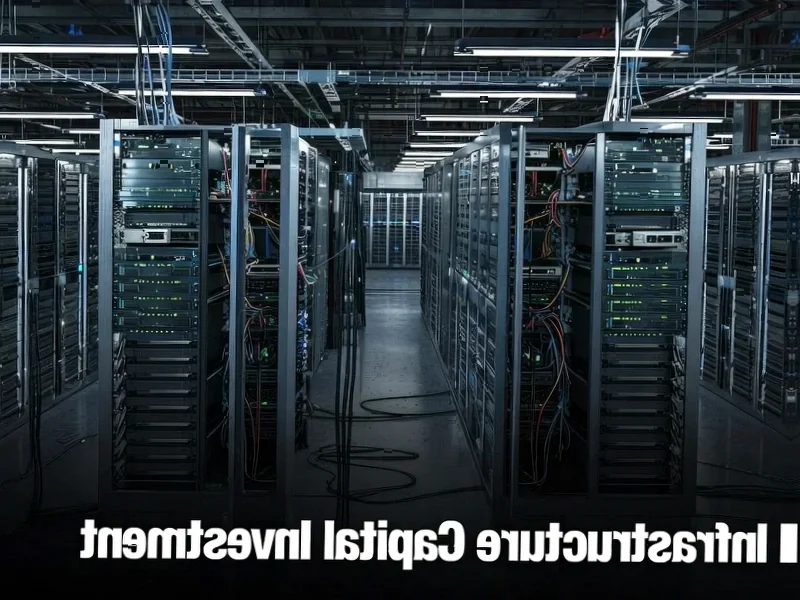According to TechRepublic, Microsoft’s Azure cloud computing platform suffered a major global outage on October 29, beginning around 16:00 UTC and affecting services from Xbox Live and Microsoft 365 to critical systems for Alaska Airlines, Hawaiian Airlines, and major banks. The company traced the issue to Azure Front Door, a key content delivery system, where an “inadvertent configuration change” caused widespread latencies and connection errors across multiple regions. Microsoft deployed a “last known good” configuration and estimated full recovery by 00:40 UTC, though some customers continued experiencing intermittent issues. The outage came just hours before Microsoft’s quarterly earnings release and followed a similar AWS failure the previous week, highlighting the vulnerability of the cloud-dependent internet. This incident reveals deeper structural issues in modern cloud architecture.
Table of Contents
The Silent Threat of Configuration Drift
What makes this outage particularly concerning is that it stemmed from a simple configuration change rather than a catastrophic hardware failure or sophisticated cyberattack. Cloud computing environments have become so complex that even minor misconfigurations can cascade into global disruptions. The fact that Microsoft’s recovery required reverting to a “last known good” configuration suggests this was a case of configuration drift – where systems gradually deviate from their intended state through accumulated changes. This represents a fundamental challenge for cloud providers: as their services become more interconnected and automated, the blast radius of human error expands exponentially. Companies need better guardrails and automated validation for configuration changes, especially in critical infrastructure components like Azure Front Door that serve as traffic routers for multiple services.
The Domino Effect in Modern Infrastructure
The outage demonstrated how tightly coupled modern services have become. When Azure Front Door faltered, it didn’t just affect Microsoft’s own services like Xbox Live and Microsoft 365 – it took down airline booking systems, banking websites, and retail platforms. This cascading effect reveals a critical vulnerability in how businesses architect their digital presence. Many organizations treat cloud providers as monolithic platforms rather than distributed systems that require careful failure domain isolation. The incident underscores why companies need multi-region deployments, circuit breaker patterns, and graceful degradation strategies. As cloud market concentration continues with AWS and Azure dominating nearly 55% combined, the industry needs more sophisticated approaches to managing provider risk.
The Gradual Recovery Dilemma
Microsoft’s decision to implement a “gradual by design” recovery process, while prudent from an engineering perspective, created extended uncertainty for businesses. This approach highlights the delicate balance cloud providers must strike between rapid restoration and system stability. When services like Azure’s management portal are affected, customers lose visibility into their own systems’ health, creating a double-blind situation. The extended recovery timeline – nearly nine hours from initial disruption to estimated resolution – suggests that modern cloud architectures may be becoming too complex for rapid troubleshooting. As evidenced by Alaska Airlines’ public acknowledgment of system disruptions, the business impact extends far beyond Microsoft’s direct customers to their customers’ customers.
Broader Market Consequences
This incident, coming so close to AWS’s recent outage, will likely accelerate several industry trends. First, we’ll see increased enterprise interest in multi-cloud strategies, though true multi-cloud implementation remains challenging due to data gravity and skill requirements. Second, regulatory scrutiny may intensify, particularly for cloud services supporting critical infrastructure like aviation and banking. Third, we can expect cloud providers to invest more heavily in failure domain isolation and faster recovery mechanisms. The timing, as noted in Microsoft 365 status updates, couldn’t have been worse – occurring just before quarterly earnings and following a competitor’s outage. This sequence of events across major providers suggests the cloud industry may be hitting scaling limits that require fundamental architectural rethinking rather than incremental improvements.



